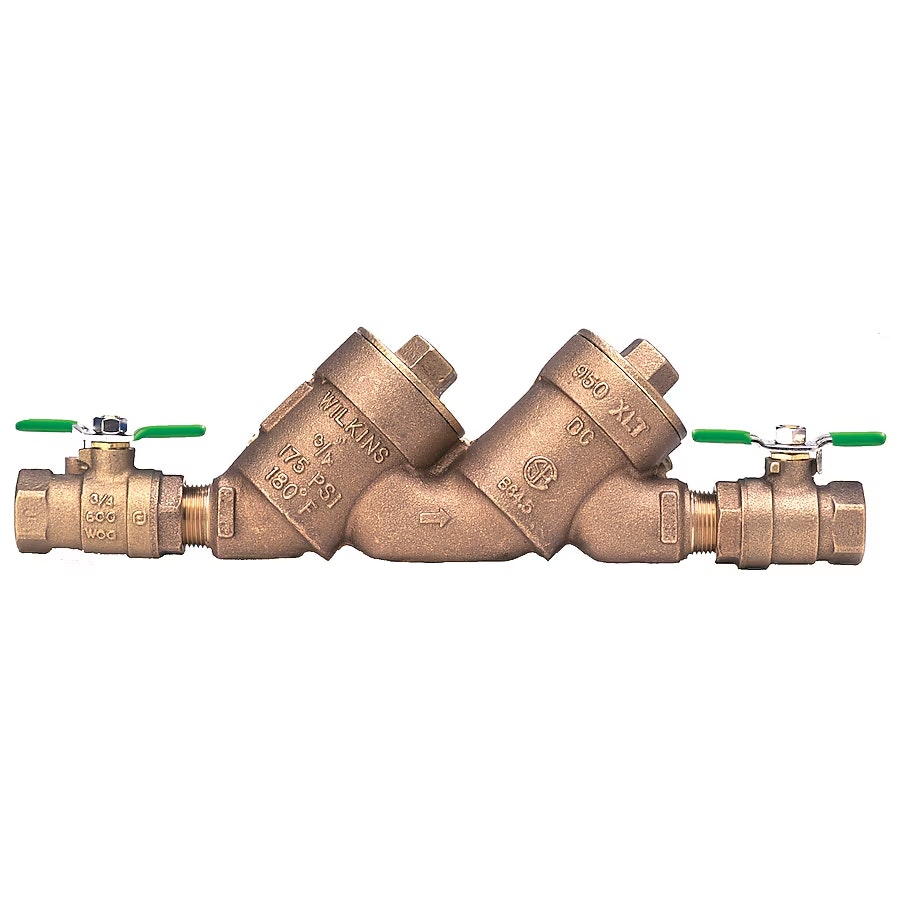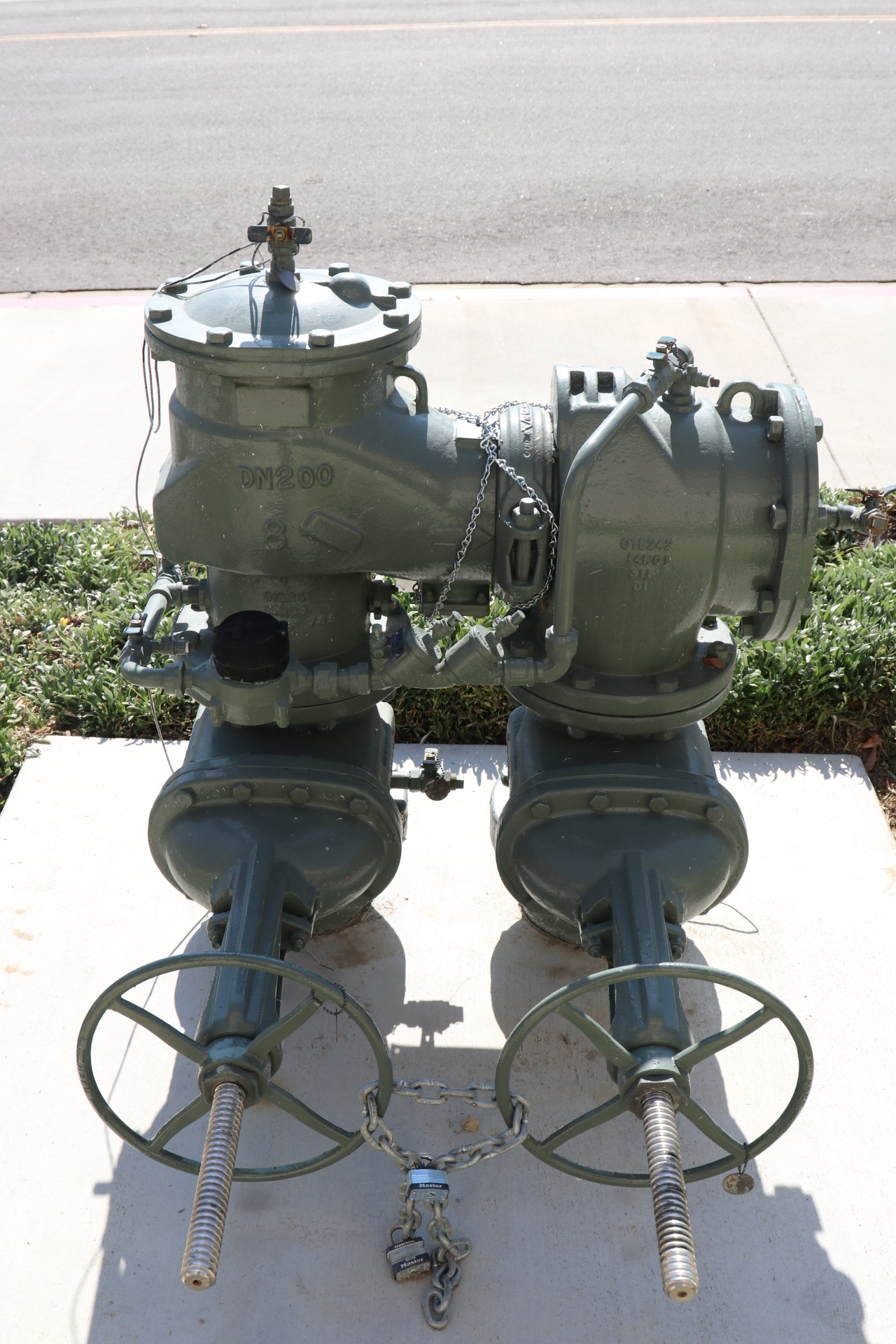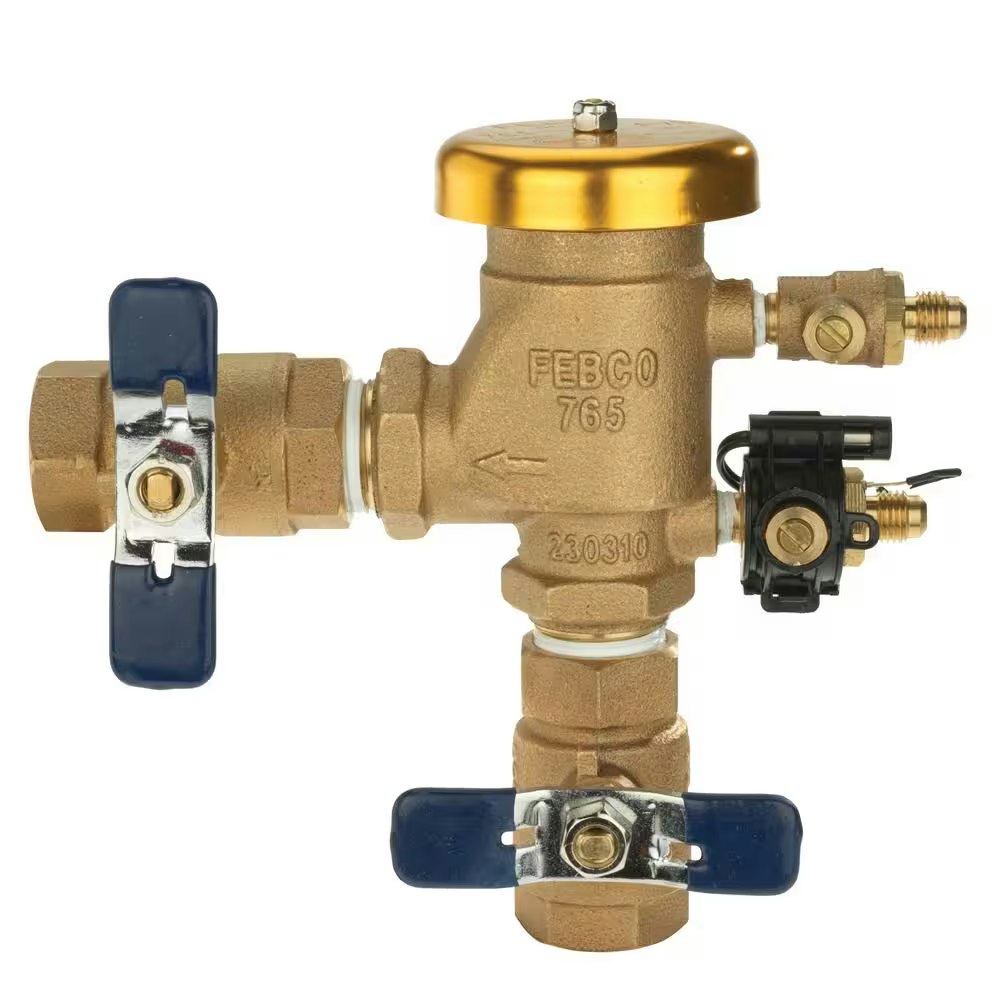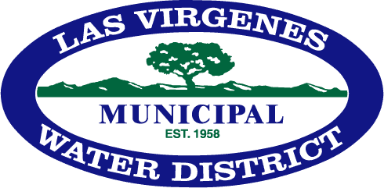Cross Connection Program and Backflow Assemblies
Protecting our Drinking Water System
How Does LVMWD manage cross connections and prevent backflow?
In order to maintain the safety and quality of the potable water we serve to our valued customers, LVMWD has created a comprehensive Cross Connection and Backflow Prevention Program. This program begins by 1.) identifying properties that have a cross connection 2.) ensuring a proper backflow prevention assembly is installed and 3.) testing these assemblies for proper operation on an annual basis. The initial equipment inspection and annual testing is performed by certified LVMWD personnel.
What is the CCCPH?
The Cross-Connection Control Policy Handbook (CCCPH) is a document adopted by the California State Water Resources Control Board (State Water Board) that sets the standards for preventing backflow and protecting public drinking water supplies from contamination by cross-connections. This handbook, effective July 1, 2024, replaced older regulations and mandates annual testing of backflow assemblies, requires water systems to implement comprehensive programs, and includes standards for the certification of testers and specialists.
Key Aspects of the CCCPH:
- Purpose:
- To protect public health by ensuring that non-potable water or other substances do not contaminate public water supplies through cross-connections.
- Replaced Regulations:
- The CCCPH supersedes the previous cross-connection control and backflow prevention regulations found in Title 17 of the California Code of Regulations.
Requirements for Public Water Systems (PWSs):
- Annual Testing: Mandates annual testing and maintenance of backflow prevention assemblies.
- Program Implementation: Requires PWSs to have a Cross-Connection Control Plan (CCCP).
- Certification: Establishes certification standards for testers and specialists who maintain backflow prevention devices.
- Incident Reporting: Includes requirements for reporting backflow incidents, which involves customer notification.
- Hazard Assessment: requires all PWSs within the state to perform a Hazard Assessment for each water meter service/property within the district.
Adoption and Scope:
The handbook was adopted by the State Water Board on December 19, 2023, and applies to all California public water systems.
Backflow Prevention Assemblies
To protect the public water supply from contamination, LVMWD requires the installation and testing of approved backflow prevention assemblies at properties where there is a potential for cross-connection. These devices ensure that water only flows in one direction—into your property—preventing any used or potentially contaminated water from flowing back into the public water system.
Why Backflow Prevention Matters
Backflow can occur when there is a drop in water pressure from the public water supply, causing water from private plumbing systems to reverse flow. If your plumbing system is connected to a source of contamination—such as irrigation systems, fire sprinklers, or onsite chemicals—this reversal could compromise water quality for your home and others.
The type of backflow prevention assembly required depends on the degree of potential hazard. LVMWD requires that all assemblies be installed, tested, and maintained in accordance with the Cross-Connection Control Policy Handbook (CCCPH), Title 22, and LVMWD Code and Standards and Specifications as well as local ordinances.. Learn more about the different types of assemblies used to protect our drinking water system.

- Used for low hazard situations, such as non-toxic irrigation systems or commercial properties without chemicals.
- Prevents backpressure and backsiphonage

- Commonly used for fire sprinkler systems without chemical additives.
- Includes a bypass line with a smaller double check valve and water meter to detect unauthorized water use.

- Required for high hazard applications where there’s a risk of pollutants or contaminants.
- Provides a higher level of protection by allowing discharge of potentially contaminated water.

- A PVB is a testable mechanical backflow preventer that consists of an independently acting, spring-loaded check valve and an independently acting, spring-loaded air inlet valve on the discharge side of the check valve.
Installation & Annual Testing
All backflow prevention assemblies must be tested upon installation and annually thereafter by a backflow tester certified in compliance with the CCCPH. LVMWD employs several certified backflow testers. LVMWD customers are welcome to hire a certified backflow tester in leu of district staff testing so long as the contracted backflow tester meets the requirements of certification set forth by the state of California in the CCCPH. Customer self test results must be submitted to the District within 10 business days of the test
It is the property owner’s responsibility to maintain and test their backflow device to ensure continued protection of the community water supply.
Frequently Asked Questions
- What is Backflow? Backflow happens when water flows in the opposite direction from where it's supposed to go. Our water system is designed to deliver clean, safe water to your home or business. But sometimes, changes in water pressure—like during a water main break or when firefighters use a hydrant—can cause water to flow backward. When this happens, there’s a risk that dirty or contaminated water could enter the public drinking water system. This is why backflow prevention is so important.
- What is a cross connection? A cross-connection is any link between drinking water and something that could make it unsafe. These connections can be permanent or temporary, and they can lead to contamination if not properly protected.
- How does backflow occur? Backflow happens when something causes water to flow the wrong way—back into the drinking water system. This can let dirty or harmful water mix with clean water. There are two main ways this can happen:
- Backsiphonage: This happens when the water pressure in our system suddenly drops, like during a water main break or when firefighters use a hydrant. That drop in pressure can cause water to be pulled backward, possibly bringing in contaminants from hoses, pipes, or tanks.
- Backpressure: This happens when the water pressure on a customer’s property is stronger than the pressure in the public water system. That pressure can push water—and any contaminants it's carrying—back into the drinking water supply.
That’s why backflow prevention devices are so important—they help keep your water safe.
For More Information
For questions about installation, approved testers, or compliance requirements, please contact LVMWD’s Cross-Connection Control Program at:
Email: Backflow@LVMWD.gov
Phone: 818-251-2100 ext:1 ext: 3
Emergency after hours: 818-251-2100

